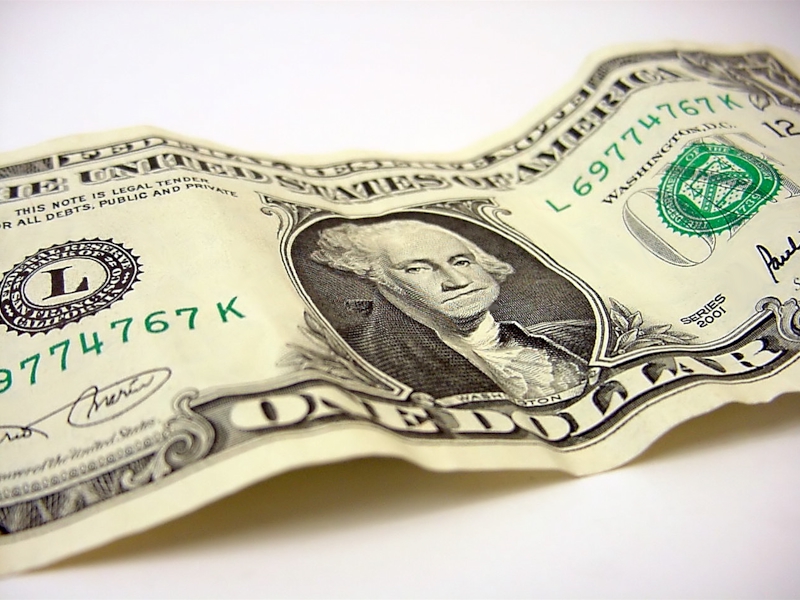The pound strengthened for a fourth day against the euro on bets the Bank of England will judge the economic recovery strong enough to maintain its program of buying bonds unchanged.
The pound fell to its lowest level since Nov. 23 against the dollar. Central bank governor, Mervyn King, is likely to maintain the quantitative easing program, called unchanged at 200 million pounds ($ 316,000,000,000), according to 34 economists in a Bloomberg survey. Analysts also expect the bank keeps main interest rate at 0.5 percent, another poll.
"The pound has held up pretty well, and I do not see anything that would change that," said Kathleen Brooks, director of London-based research at FOREX.com, a unit of online currency trading company Capital Gain . "Growth is holding up well, and that's getting QE on the back of the platform."
The pound was little changed at 83.89 pence per euro at 11:20 am in London, after touching 83.71. Sterling was 0.4 percent weaker at $ 1.5742, after moving up 0.2 percent at $ 1.5841.
Government bonds advanced, with the 10-year yield fell two basis points to 3.52 percent, while the two-year security fell two basis points to 1.1 percent.
Britain's currency rose 1.2 percent against the dollar after meeting the political entity before the November 4, when it held the types and bonus plan unchanged. Gilts rose that day, pushing the 10-year yield by five basis points.
Inflation
Investors increased their inflation expectations, leading the equilibrium rate of 10 years, which measures the performance gap between traditional values and linked to inflation above 3 percentage points for the first time since Nov. 24. The rate was 3.1 percentage points.
The pound has gained 1 percent in the last month, according to Bloomberg indexes of correlation-weighted currencies, which track a basket of 10 currencies of the developed countries. Since late 2009, the British currency has lost 3.8 percent.
Gilts broke two days of losses as a report showed home prices fell last month, indicating the recovery may fail.
Prices fell 0.1 percent after gaining 1.8 percent in October, Halifax, the mortgage lending division of Lloyds Banking Group Plc, said in a statement. An index of UK growth in business services travel agencies to fund managers fell last month, Markit Economics Ltd. and the Chartered Institute of Purchasing and Supply said last week.
The pound fell to its lowest level since Nov. 23 against the dollar. Central bank governor, Mervyn King, is likely to maintain the quantitative easing program, called unchanged at 200 million pounds ($ 316,000,000,000), according to 34 economists in a Bloomberg survey. Analysts also expect the bank keeps main interest rate at 0.5 percent, another poll.
"The pound has held up pretty well, and I do not see anything that would change that," said Kathleen Brooks, director of London-based research at FOREX.com, a unit of online currency trading company Capital Gain . "Growth is holding up well, and that's getting QE on the back of the platform."
The pound was little changed at 83.89 pence per euro at 11:20 am in London, after touching 83.71. Sterling was 0.4 percent weaker at $ 1.5742, after moving up 0.2 percent at $ 1.5841.
Government bonds advanced, with the 10-year yield fell two basis points to 3.52 percent, while the two-year security fell two basis points to 1.1 percent.
Britain's currency rose 1.2 percent against the dollar after meeting the political entity before the November 4, when it held the types and bonus plan unchanged. Gilts rose that day, pushing the 10-year yield by five basis points.
Inflation
Investors increased their inflation expectations, leading the equilibrium rate of 10 years, which measures the performance gap between traditional values and linked to inflation above 3 percentage points for the first time since Nov. 24. The rate was 3.1 percentage points.
The pound has gained 1 percent in the last month, according to Bloomberg indexes of correlation-weighted currencies, which track a basket of 10 currencies of the developed countries. Since late 2009, the British currency has lost 3.8 percent.
Gilts broke two days of losses as a report showed home prices fell last month, indicating the recovery may fail.
Prices fell 0.1 percent after gaining 1.8 percent in October, Halifax, the mortgage lending division of Lloyds Banking Group Plc, said in a statement. An index of UK growth in business services travel agencies to fund managers fell last month, Markit Economics Ltd. and the Chartered Institute of Purchasing and Supply said last week.












